FACTORS DETERMINING SHORT- AND LONG-TERM SURVIVAL AFTER ORTHOTOPIC LIVER HOMOTRANSPLANTATION IN THE DOG
- PMID: 14305148
- PMCID: PMC2966148
FACTORS DETERMINING SHORT- AND LONG-TERM SURVIVAL AFTER ORTHOTOPIC LIVER HOMOTRANSPLANTATION IN THE DOG
Figures
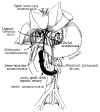
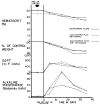



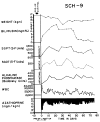





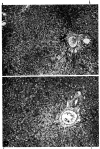
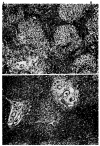
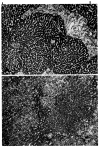
References
-
- Calne RY, Alexandre GPJ, Murray JE. A study of the effects of drugs in prolonging survival of homologous renal transplants in dogs. Ann New York Acad Sc. 1962;99:743. - PubMed
-
- Calne RY, Murray JE. Inhibition of the rejection of renal homografts in dogs by Burroughs Wellcome 57–322, S. Forum. 1961;12:118. - PubMed
-
- Dameshek S. “Immunoblasts” and “immunocytes”—an attempt at a functional nomenclature. Blood. 1953;21:243. - PubMed
-
- Drill VA. Hepatotoxic agents: Mechanism of action and dietary interrelationship. Pharmacol Rev. 1952;4:1. - PubMed
MeSH terms
Substances
Grants and funding
LinkOut - more resources
Full Text Sources
Other Literature Sources
Miscellaneous
